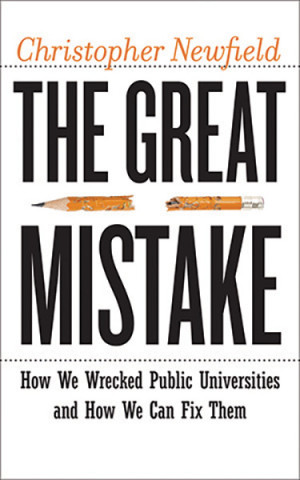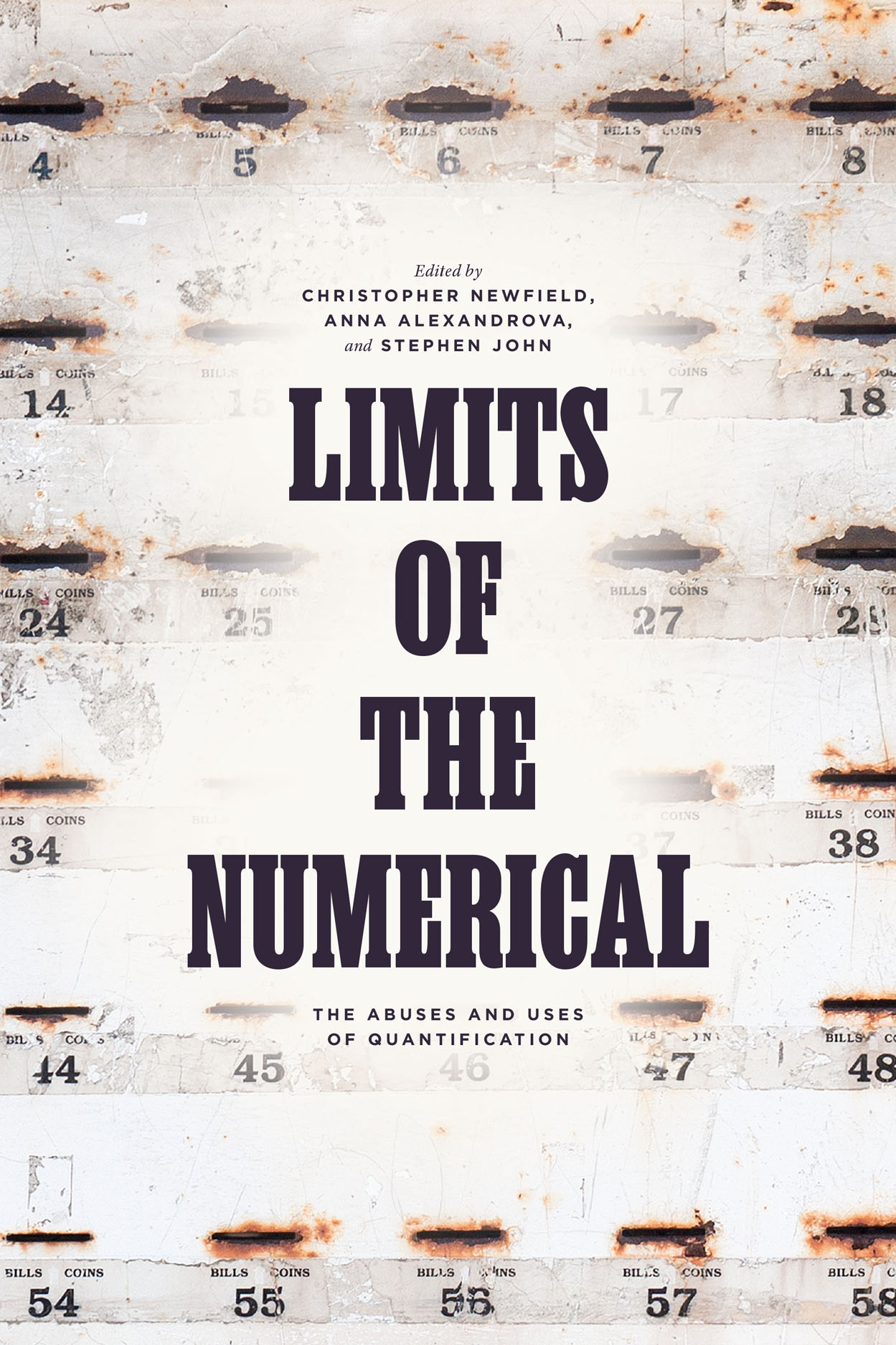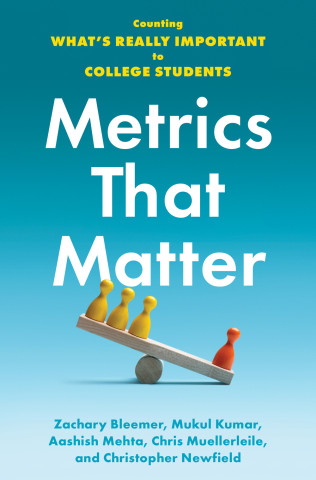by Susan Cook
Assistant Professor of English
This past fall, and six weeks into my tenure-track position at Bemidji State University, I was advised by senior faculty members to go back on the job market. Our new university president, Richard Hanson, had just announced a “recalibration” plan that focused on what he termed the “distinctiveness, sustainability, and innovativeness” of the university. “Recalibration” is of course a euphemism for budget cuts. Bemidji State, a member of the Minnesota State Colleges and Universities (MnSCU) system, is a campus with approximately 5,000 undergraduate and 300 graduate students. It faces a $5 million shortfall over the biennium. In practical terms, “recalibration” means the loss of 35 faculty positions, 32 graduate assistant positions (half of the current positions), 10.75 staff positions, and the men’s track program.
I came into the English Department this fall with two other new colleagues, both of whom were called on the MLK, Jr. holiday and asked to meet with the president the next morning, when they were given their retrenchment notices. Faculty lines were cut in English, Visual Arts, History, Philosophy, Art History, Modern Languages, Music, Physics, Environmental Studies, Sociology, Economics, Mathematics, Computer Science, Accounting, Technological Studies, Physical Education, Professional Education, Psychology, and Theatre. The cuts will mean the termination of Art History and Theatre. By cutting entire departments, the administration was able to cut tenured as well as tenure-track and fixed-term faculty.
Throughout the process, the strategy seemed to be one of divide and conquer. At an October 13th meeting between faculty and administration, the president announced that faculty from targeted academic departments would be offered early retirement incentives. The list of departments was released to the university community, along with an announcement that the president was considering retrenchment. As one colleague told me, distributing the list of departments from which the administration hoped to secure early retirements seemed a deliberate attempt to pit retirement-age faculty against the rest of their departments. The administration also informed us that every department on campus would have the opportunity to write a 600-word explanation of its “distinctiveness, sustainability, and innovativeness.” It seemed clear to everyone that the writing assignment was meant to be a distraction, as well as a means of asking departments to justify themselves in implicit relation to other departments.
A few of us began asking about other solutions to the funding crisis—what about furloughs, or individuals who had expressed the desire to share one tenure line? The administration said this was a question for the faculty union; the faculty union informed us that it did not endorse furloughs or other solutions. The dominant mood around campus has been one of resignation and muted resistance: behind closed doors, faculty talked about organizing a vote of no confidence in the president, but no one voiced this idea aloud at faculty senate meetings.
In my department, people began posting anonymous reactions to the cuts on a bulletin board. The board was removed by administrators and then returned by a faculty member, the fight for jobs co-opted by a struggle for freedom of expression.
What is troubling to many of us is the way these cuts have been distributed. The liberal arts have been hit most hard, and instruction overall has weathered the brunt of the cuts. Bemidji State already held the distinction as MnSCU’s most administration-heavy university. Despite the president’s claims to the contrary, “recalibration” did not include cuts to administration—only administrative staff. At the October 13th meeting, faculty argued that the proposed restructuring seemed to be “a complete flip from what has been the mission of our university in the past – specifically, us being a: ‘Liberal arts university with select professional programs.’” The president responded: “I don’t know that it is a flip – but I don’t know that the other (mission) was accurately describing what this university is.” In a later written response dated February 23rd, the president modified his view, stating that “Our main task is to inculcate the power and wisdom of the liberal arts into each student…Inculcation is not a product of programs but is a product of interaction and teaching process. It (inculcation) can happen in a mathematics course, or an accounting course, or a psychology course.” Leaving aside the problematic repetition of the term “inculcate”—which the Oxford English Dictionary reminds us means to “endeavour to force (a thing) into or impress (it) on the mind of another by emphatic admonition, or by persistent repetition”—this statement reduces the liberal arts to a skill set that can simply be added into other, more central courses of study. Illustrating this application of the liberal arts, President Hanson goes on in the same document to quote “T. S. Elliot [sic]”: “‘Every experience is a paradox in that it means to be absolute, and yet is relative; in that it somehow always goes beyond itself and yet never escapes itself.’” “Recalibration,” Hanson writes, “is very much the same sort of experience.” To summarize the logic: “recalibration” is the same sort of experience as experience, which is to say “recalibration” is a paradox.
It seems clear that the goal of this “recalibration” is to make Bemidji State more of a vocational school, to give customers the career results they demand. One of my graduate students articulated the trouble with this line of thinking: in ten years, she said, if someone wants to get a liberal arts degree, he or she will have to be able to pay private school prices for it. My student may be right. This round of “recalibration” is over, but state legislators have been eager to continue cutting the higher education budget. I won’t be coming back to Bemidji State in the fall—I went on the market as my senior colleagues advised and was fortunate enough to be offered a job. At a private university.
I never promised you a Rose Bowl? - Part 4
10 hours ago




3 comments:
A well-written story, a frightening one that is alarmingly common nowadays. Also common: faculty passivity in the face of such dire happenings. Passivity or believing the lying downsize guys because they seem to know more about money; or siding with the marauding barbarians in order to be close to power.
Anything but the resistance that is so badly needed.
Things are difficult in every quarter of higher education, and you make it sound like the President of Bemidji State is throwing the baby out with the bathwater.
The truth of the matter in higher education is this: the 'liberal arts education' resonates only with the upper-middle class of yesteryear. Today's economically challenged middle class rightfully wants to know how a baccalaureate degree is going to help them make a living. The traditional faculty member has not equipped herself or himself to answer this question, even though there are good answers to be given.
It sounds like the author is caught between the rock of the 20th century academic career and the hard place of a 21st century reality. Good thing he or she has retreated to the private sector.
"liberal arts education" has always included both content-based learning (cell biology, modernism in 20th century art, PHP and related programming languages, etc.) and practice in absorbing, applying, and creating knowledge. The public universities that combined cutting-edge technical instruction with the distribution requirements along with other dimensions of liberal arts learning created the proportionately largest and most prosperous middle class in history. That story "resonates" with just about everybody, particularly at a time when business and political leaders have no functioning alternative to high-quality higher ed, except for the lowered standard of living and lower educational attainment that current policies have been delivering for the past ten years. The average faculty member has many more ideas than does your average politician about how to build a 21st century reality that is better than the one the constant attacks on public higher ed and public investment have been creating for us. Categorical dismissals of the ideas of educators who are defending high educational standards only makes the problem worse.
Join the Conversation
Note: Firefox is occasionally incompatible with our comments section. We apologize for the inconvenience.